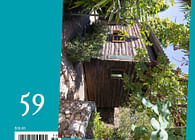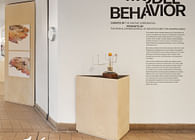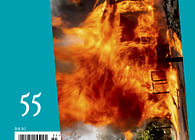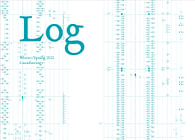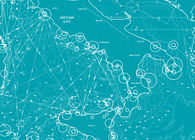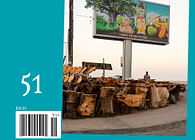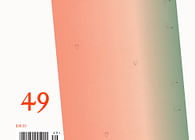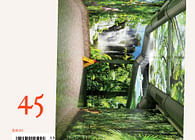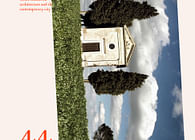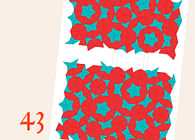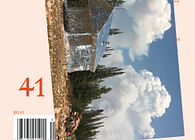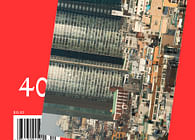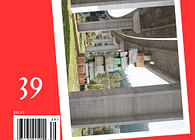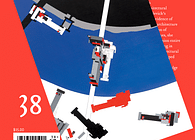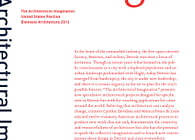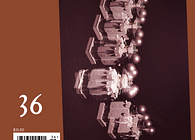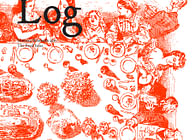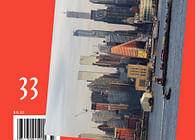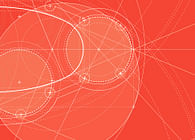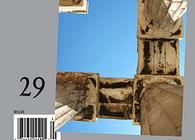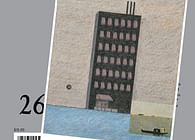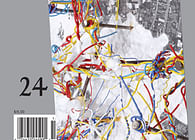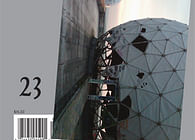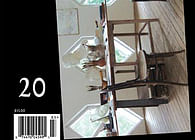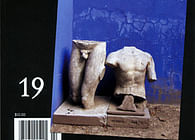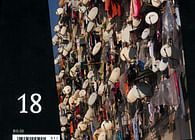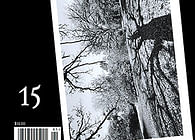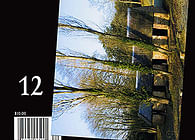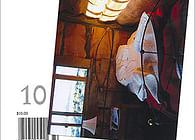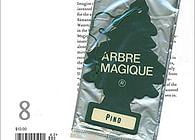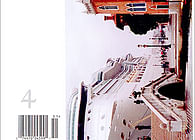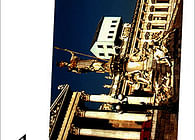
New York City
“The center of architecture is shifting and cannot hold,” writes guest editor Bryony Roberts in Log 48: Expanding Modes of Practice. This moment of change, in which issues of inequity and intersectionality are coming to the fore, represents “an invitation to think differently, a chance to reask the questions that haunted the 20th century.”
The collected authors in this issue range from architects and urbanists to curators and composers who grapple with what it means to practice in a more just way, balancing aesthetics with ethics. As Roberts writes, “What emerges from [these] experiments with situated, intersectional practice is the merging of the professional and the personal. Rather than neutrality, practices cultivate empathy.” At the heart of this issue are Roberts’s interviews with progressive practices Assemble, Borderless Studio, HECTOR, LA-Más, and Mabel O. Wilson. In addition, essayists Peggy Deamer and Michael Kubo discuss collaborative architecture practices today and in the past; Ann Lui advocates for an Office of the Public Architect; Jane Rendell and Margo Handwerker define what it means for work to be situated and specific; Ana Miljački and Jerome Haferd propose better pedagogies; and Jia Yi Gu, Deborah Garcia, and the feminist architecture collaborative position feminist theory in architectural practice and discourse today. Also in this issue, Katy Barkan and Ashley Fure contextualize their installation works; Jess Myers expands the idea of kinship; Mira Henry and John Cooper discuss a “not-famous” building in Los Angeles; and Cynthia Davidson talks with Mirko Zardini about the role of the museum today.
Status: Built
Location: Everywhere



